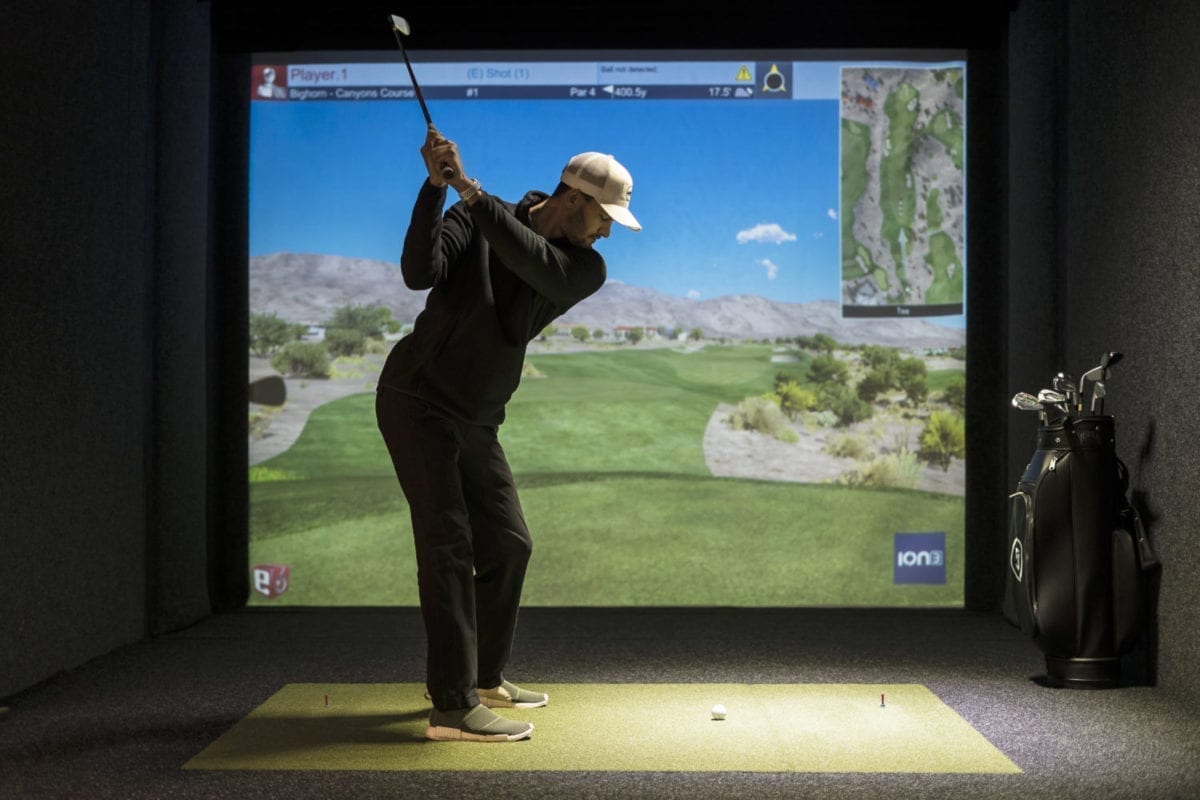Golf, often hailed as a sport of precision and grace, captivates enthusiasts with its combination of skill, strategy, and a pleasant atmosphere.,
Among the things that every golfer should know, understanding the basics of how to hold a golf club is crucial. Whether you’re a seasoned player looking to improve your technique or a beginner eager to discover the marvels of the game, learning the intricacies of the right golf grip can unleash your potential for every swing. Without further ado, here are the various types of golf grips and tips on how to hold a golf club.
The importance of a proper grip
Before we dive into the different types of golf grips, let’s go over the critical role a proper grip plays in the game of golf.
The grip is the only connection between the golfer and the club, making it the foundation upon which the entire swing is built. A correct grip sets the stage for a consistent swing, greater control over the clubface, and improved shot accuracy. A flawed grip, on the other hand, can lead to sliced shots, hooks, and a lack of distance.
How to hold a golf club
Step 1: Positioning the club
Start by holding the club out in front of you, with the clubface square to the target. Your grip hand (left hand for right-handed golfers and right hand for left-handed golfers) should be on the top part of the grip.
Step 2: Left hand grip
Place your left hand on the grip with the thumb resting along the shaft. Wrap your fingers around the grip, making sure they are secure but not too tight. The “V” formed by your thumb and index finger should point towards your right shoulder.
Step 3: Right hand grip
Now, position your right hand on the club, overlapping your left thumb with the pinky finger of your right hand. Again, maintain a relaxed but secure grip, allowing your hands to work as a unit.
Step 4: Aligning the hands
To ensure that your hands function as a single, coordinated unit, check their alignment. From your left shoulder, through your left hand, and down to the club head, there should be a straight line.
Step 5: Thumb placement
Your right thumb should be placed gently on the club just to the left of the centre. This makes it easier to swing with better control.
Step 6: Pressure points
Lastly, ensure that you are applying equal pressure with both hands. A balanced grip promotes fluidity and control during your swing. Keep in mind that the grip pressure should be firm enough to retain control without being too tight to limit your wrist movement. Allow your hands to rest in a posture that feels natural and at ease.
Types of golf grips
While the overlapping grip is the most common, golfers have experimented with various grip styles over the years. Different golf grips can accommodate diverse swinging techniques and individual preferences. Let’s examine a couple of popular alternatives:
1. Interlocking grip
An adaptation of the overlapping grip, the interlocking grip has the little finger interlocking with the index finger rather than covering it. Golfers looking for a stronger connection between their hands or those with smaller hands frequently prefer this grip.
2. 10-finger grip
Also referred to as the “baseball grip,” this gripping technique entails placing all 10 fingers straight on the grip without interlocking or overlapping. Due to its more uniform feel, this grip is especially well-liked by novices, young golfers, and players with hand-related ailments.
3. Reverse overlapping grip
This grip is the reverse of the conventional overlapping grip, as the name implies. The little finger of the trailing hand overlaps the index finger of the lead hand. Players with arthritis or restricted flexibility may prefer this grip since it eases stress on the hands and wrists.
4. Neutral grip vs Strong grip vs Weak grip
In addition to hand placement, golfers can play around with the grip’s placement in relation to the clubface. The “V” created by the thumb and index finger of each hand running down the centre of the club is aligned with a neutral grip. A strong grip rotates the “V” of the lead hand to the right, while a weak grip rotates it to the left.
Conclusion
Any golfer who wants to improve their game must first master the right golf club grip. Every swing’s result is determined by the connection and control provided by the grip. Start with the common overlapping grip, but feel free to try out different grips to see which one suits you the best!
As you embark on your golfing journey, remember to practice regularly to fine-tune your grip and technique. Pay a visit to Five Iron Golf’s indoor virtual golf simulator and get your swing on at an affordable price. We are dedicated to providing the best possible experience to all golfers out there, regardless of skill level.
Book your golf simulation game in Singapore with us today!












